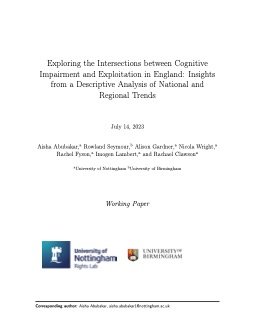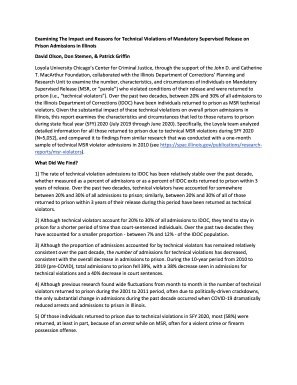By Ashley Nellis, and Celeste Barry.
In the United States, the federal government and every state enforces sentencing laws that incarcerate people for lengths that will exceed, or likely exceed, the span of a person’s natural life. In 2024, almost 200,000 people, or one in six people in prison, were serving life sentences. The criminal legal system’s dependence on life sentences disregards research showing that extreme sentences are not an effective public safety solution.
This report represents The Sentencing Project’s sixth national census of people serving life sentences, which includes life with the possibility of parole; life without the possibility of parole; and virtual life sentences (sentences reaching 50 years or longer). The report finds more people were serving life without parole (LWOP) in 2024 than ever before: 56,245 people were serving this “death by incarceration” sentence, a 68% increase since 2003. While the total number of people serving life sentences decreased 4% from 2020 to 2024, this decline trails the 13% downsizing of the total prison population. Moreover, nearly half the states had more people serving a life sentence in 2024 than in 2020. The large number of people serving life sentences raises critical questions about moral, financial, and justice-related consequences that must be addressed by the nation as well as the states. We believe the findings and recommendations documented in this report will contribute to better criminal legal policy decisions and a more humane and effective criminal legal system. KEY NATIONAL FINDINGS • One in six people in U.S. prisons is serving a life sentence (16% of the prison population, or 194,803 people)—a proportion that has reached an all-time high even as crime rates are near record lows. • The United States makes up roughly 4% of the world population but holds an estimated 40% of the world’s life-sentenced population, including 83% of persons serving LWOP. • More people are serving life without parole in 2024 than ever: 56,245 people, a 68% increase since 2003. • Despite a 13% decline in the total reported prison population from 2020 to 2024, the total number of people serving life sentences decreased by only 4%. • Nearly half of people serving life sentences are Black, and racial disparities are the greatest with respect to people sentenced
to life without parole. • A total of 97,160 people are serving sentences of life with parole. • Life sentences reaching 50 years or more, referred to as “virtual life sentences,” account for 41,398 people in prison. • Persons aged 55 and older account for nearly two-fifths of people serving life. • One in every 11 women in prison is serving a life sentence. • Almost 70,000 individuals serving life were under 25—youth and “emerging adults”—at the time of their offense. Among these, nearly one-third have no opportunity for parole. • Racial disparities in life imprisonment are higher among those who were under 25 at the time of their offense compared to those who were 25 and older.
Washington, DC: The Sentencing Project, 2025. 38p.





















